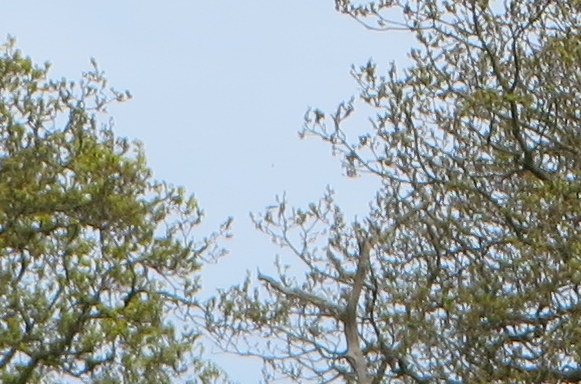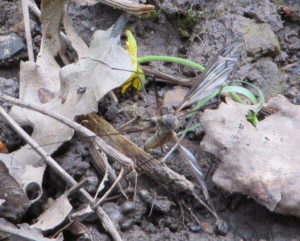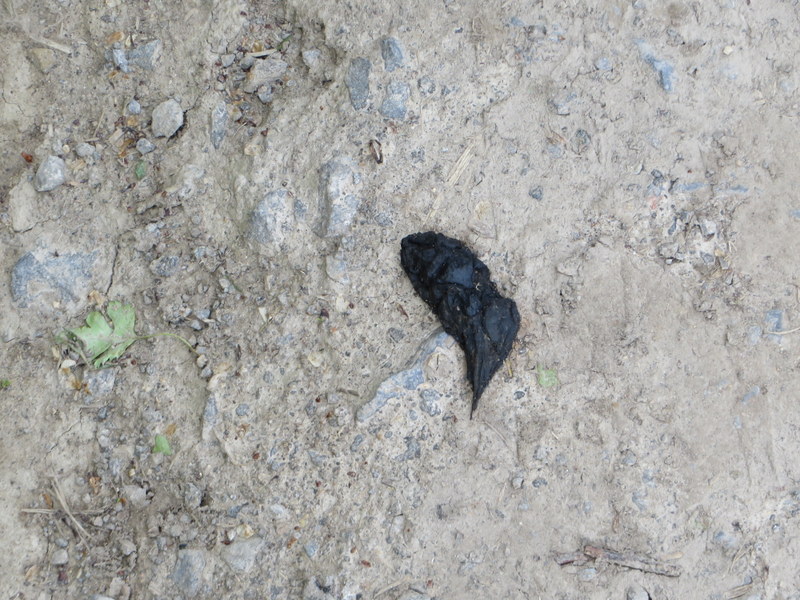Spring walks: Hagg Wood, Sunday 30th April 2017 in the afternoon
Posted on 2nd May 2017
A slightly later start than advertised on account of a very slightly geographically-challenged walk leader, but as there was a seat sheltered from the wind and it was pleasantly sunny and there were people to chatter to, no-one minded.


Outside of the wood it really was the day of greater stitchwort, the starry white flowers of which were scattered all along the hedgerow bottoms. On the walk down to the wood along the trod (a sunken path or hollowway, although really it’s only like that closer to the wood) we did stop at one point to notice that there were nettles on the side of the arable field, but more delicate wildflowers on the permanent pasture side…simply a matter of nutrients used to feed the wheat leaching through to the other side of the hedge which provide perfect conditions for the nettles to grow. Interestingly, a bit later on there were less nettles on the arable side but the hedge was on a hedgebank, so perhaps that bank of soil helped stop the nutrients leaching through.

The edges of the trod (stone paved; the stones slightly worn in the middle. It was pointed out that the paving leads only to the site of the spring – covered in soil further on? Or only laid to have a clean path to collect water from the spring?) were dotted with wildflowers as we walked along; the greater stitchwort already mentioned but there was a lot of it so several mentions is allowed, bush vetch, crosswort, red campion and later as we got nearer to the wood more of the woodland wildflowers; large patches of the male and female forms of dog’s mercury, wood speedwell, town-hall clock, woodruff and a few Lord’s-and-Ladies.

Earlier we had noted a few stems of blackthorn covered in a late confetti of white flowers, and then stopped to admire the first blooms on an old hedgerow crab apple absolutely covered in red-tinged buds, and the golden yellow-green of oak catkins in a hedgerow oak – something we saw later on the walk back from the wood on the path through the fields, when as we looked back we could pick out that particular golden yellow/green: spring is a great time of year for separating the trees from the wood as each species bursts into leaf or flower at a slightly different time.

A buzzard so high in the sky that it looks like a small dark smudge in the middle of the photo. You had to be there really.
We were just into the wood, after a quick nibble of some garlicky Ramsons leaf, when Jacky spotted a Buzzard circling high in the sky. I took a photo…you can see why I stick to plants.

A gentle amble down the path to the footbridge stopping to see violets and wood anemone (which carpets the wood) on the way down. Some rather special golden patches of goldilocks buttercup edged the path and at a slight distance the much bigger golden flowers of marsh marigold (also called kingcups) which can be found in wet flushes in woods.

a cranefly

See, chocolate stop is real and not made up. It’s usually just before we have to climb up a hill. Those are wood anemones in the background in case you were wondering.
A devil’s coach horse and a cranefly laying eggs proved to be insect diversion before chocolate stop; grapefruit and pink peppercorn, a rather nice milk and a 72% plain (as a side note, and for no particular reason to mention it other than it was brought along, white chocolate is not chocolate it’s just pretending to be chocolate (notice how good I’ve been about not naming and shaming you Malcolm)).



And so along the wood to be dazed by the sheer numbers of wood anemone, the start of the native bluebells, occasional shy flowers of wood sorrel, opposite and alternate-leaved golden-saxifrage, wood forget-me-not and the last of the primrose flowers. As a special nerdy treat we looked at the black spots on the leaves of Lords-and-ladies and a rarely seen fungal infection of wood anemone leaves.


The huge swathe of ramsons at the far end of the wood were not yet flowering so the smell was quite mild but we stopped here once again, as we had in Winter, to look at where the wood had been conifers on the 1950’s map and now had very little understory of hazel, a contrast that was especially marked today.

And then out into the wind – it’s surprising how much warmer and sheltered that valley woodland is when you are inside, but that wind also helped us realize why you might want to plant a holly hedge on the top of the hill along the road leading back into Moorsholm village. We stopped there in the shelter to look at the wind turbines, the Kilton valley woodland which stretched out in front of us leading down to the sea, the Kilton mine-spoil tip, the abandoned railway now a line of trees and shrubs, the communications mast on boulby cliffs, and talked about the history of the landscape and its uses.

Slightly flattened fox poo; the poo not the fox
Then back along the lane to finish off our continuing game of ‘Whose poo is that?’* to travel back to the twenty first century and the digital age.
*a surprisingly educational game for all ages